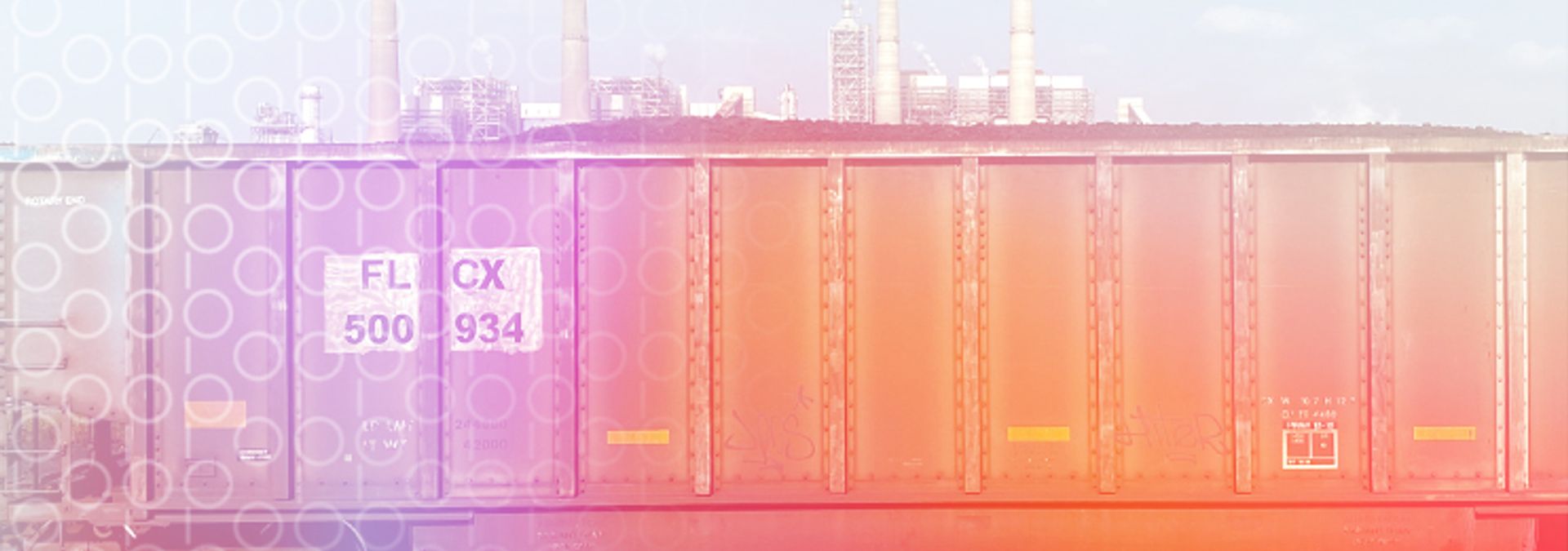
The W. A. Parish plant is burning your lungs and the planet. Why won’t NRG replace it?
Researchers at Rice University found that Parish’s PM 2.5 likely contributes to as many as 178 premature deaths each year in the region.
My co-worker, Evan O’Neil, spends more on asthma medication each month than electricity. When you add the air filters his family bought for especially smoggy days, it’s almost double.
Because sunny, windy Texas has long relied on coal as a source of power, the connection between health and energy is more acute here than in many states — and maybe most acute in the Houston region, where one of the largest and most notoriously dirty coal-fired power plants in the United States is still burning.
NRG Energy’s W.A. Parish plant covers nearly 5,000 acres in Fort Bend County, rising out of a prairie where livestock graze and cattle egrets graze ticks and flies from them. As I drove past homes with children’s bicycles lying in the yard, I was stopped at the tracks for one of the long trains that come to the plant each day, pulling cars piled high with coal. Above the smokestacks circled a kettle of buzzards, their wings spread wide. I drove home with a headache, though who knows from what these days.
The Parish plant is the largest fossil-fueled plant in the state and has produced more PM 2.5 than any other plant in Texas. The tiny particles can lodge deep in your lungs and cause bronchitis, heart disease and cancer. Researchers at Rice University led by Dr. Daniel Cohan found that Parish’s PM 2.5 likely contributes to as many as 178 premature deaths each year. And only one other plant in Texas has been responsible for more sulfur dioxide, a gas with a stinging smell that’s especially hard on children with asthma.
Families like O’Neil’s are paying the price for all this pollution. He and his wife worry about their 2-year-old: Will she develop asthma, too?
Jennifer Cantu, who lives in Fort Bend County, wrote to me in an email that she has spent hundreds of dollars on inhalers for her twin daughters. They’re too young to be diagnosed with asthma, she writes, but they’re already showing the symptoms. Twice, she’s had to rush to urgent care.
Parish’s pollution has caused hundreds of hospitalizations and many missed days at work and school, and it’s burning up the planet, too, spewing out more carbon dioxide every year than the entire state of Delaware, according to Cohan. Emissions like these contributed to an extraordinarily intense hurricane season this year, with 29 named storms and counting, including Hurricane Laura, whose threat moved the city of Houston to postpone its first-ever Climate Week.
So why won’t NRG shut Parish down?
Analysts with the Rocky Mountain Institute, RMI, a nonpartisan nonprofit that researches clean energy all over the world, told me that, because NRG has such a massive share in the energy market in Texas, generating electricity on the wholesale side and then selling it to consumers on the retail side, the company can make the economics of the dirty plant work. A rollback by President Donald Trump’s Environmental Protection Agency allowed NRG to avoid installing “scrubbers” that would have cleaned up some of the lung-searing sulfur dioxide, a cost that has forced other plants to close.
“That doesn’t mean Parish can’t be profitably replaced,” Ben Serrurier, a manager with RMI’s Energy Practice, said. “Since many other utilities in Texas and across the country have found economically attractive opportunities to replace coal with clean energy.”
Serrurier said Parish is worth most to NRG when summer temperatures spike, on the hottest, longest days when every fan, swamp cooler and air-conditioner in the state is going full blast. The grid strains to meet the demand and the cost of kilowatt hours surges — days made hotter, of course, by the very pollution Parish is producing.
Is that why NRG won’t shut it down? Just as major oil and gas companies like Exxon Mobil and BP have used deceptive marketing strategies to unload the burden of the climate crisis on their customers, duping us into believing that our personal carbon footprints matter at all up against the scale of theirs, NRG is relying on what Chrissy Mann, a senior campaign representative with the Sierra Club in Texas, calls “greenwashing.”
During Climate Week, as Parish puffed away and more trains arrived with more coal to burn, NRG President and CEO Mauricio Gutierrez emphasized that his company is eager to help Houston become “the clean energy capital of the world.” Gutierrez told Mayor Sylvester Turner that he was excited about “empowering customers” with the freedom to choose the energy they want.
He’s right, actually. You have the freedom not to extend your contract with Reliant, which is owned by NRG. You have the freedom to choose clean energy sources, now that solar and wind power are widely available in Texas. They’re reliable, too, especially since Texas still has plenty of natural gas as a backup. You have the freedom to refuse to support a company that refuses to protect the health of its own customers. Though the Trump administration tried for years to promote the coal industry as a source of jobs, it was misleading. We don’t have to decide between the economy and the environment. We can choose both.
A few years ago, NRG received $195 million from the federal government to build a system to capture some of the carbon dioxide pollution it was spewing and pipe it 81 miles away to help with oil recovery in other wells. But it didn’t capture nearly as much as it was designed to, and NRG shut it down anyway this May when crude oil prices plummeted during the coronavirus pandemic and it wasn’t worth it anymore.
Instead of confronting the reality of its pollution, Parish keeps burning.
“NRG doesn’t pay for the impacts of their pollution. We pay for it,” Mann said. “They know what their pollution is. They know what the impacts are. It’s time they’re held accountable for that pollution.”
Buzzards have one of the keenest senses of smell in the animal kingdom. There’s probably a good reason why they were at Parish, but it was striking to watch them circling this carrion of Texas’ energy past, waiting for it to die — a harbinger, if I’ve ever seen one, of what must come to pass.
This article originally appeared in the Houston Chronicle.
West is a writer with Environmental Defense Fund. You can follow him on Twitter @allynwest.
STAY UP TO DATE
The quality of our newsletter is considered satisfactory and poses little or no risk.
SUBSCRIBE

